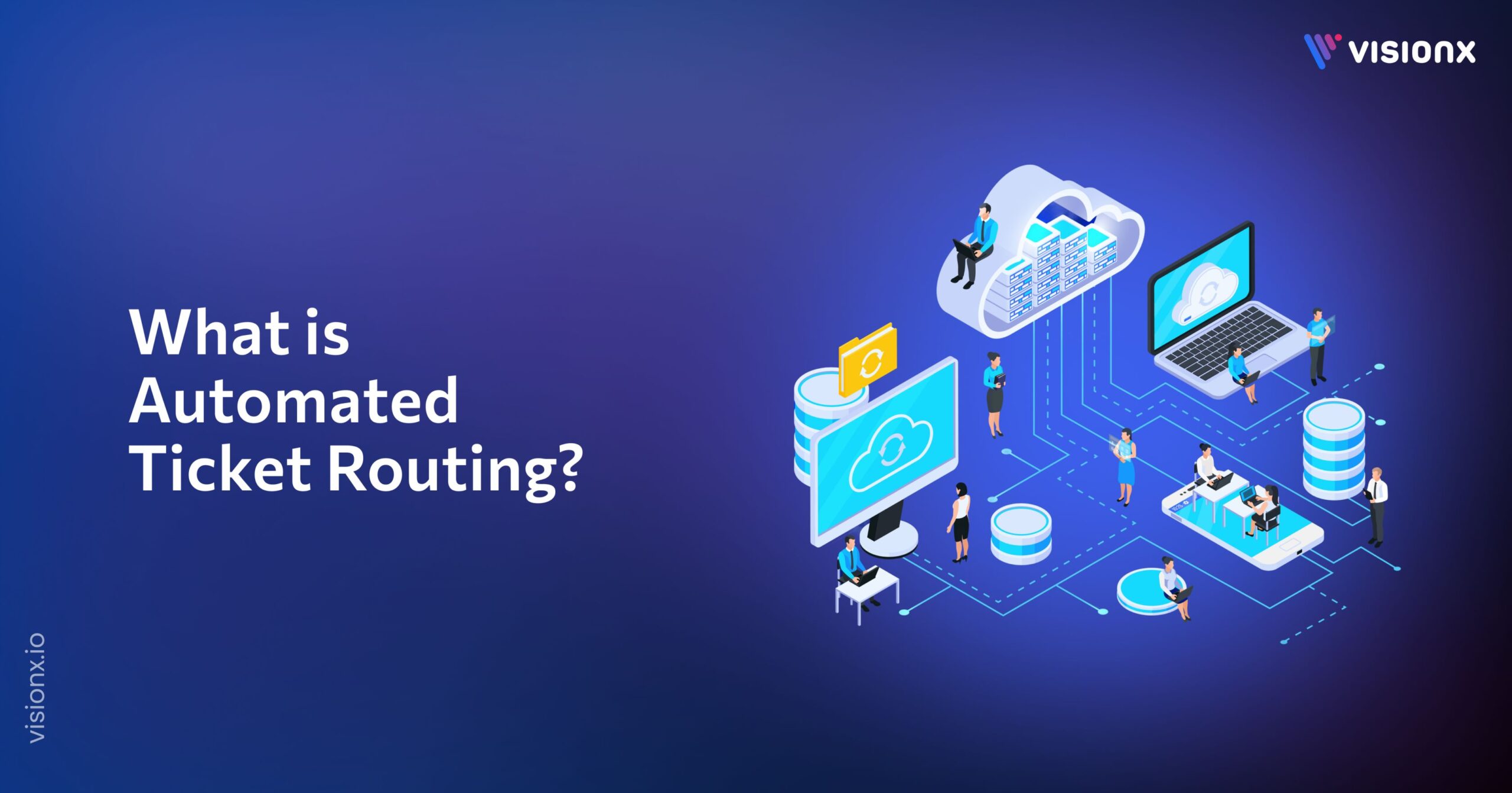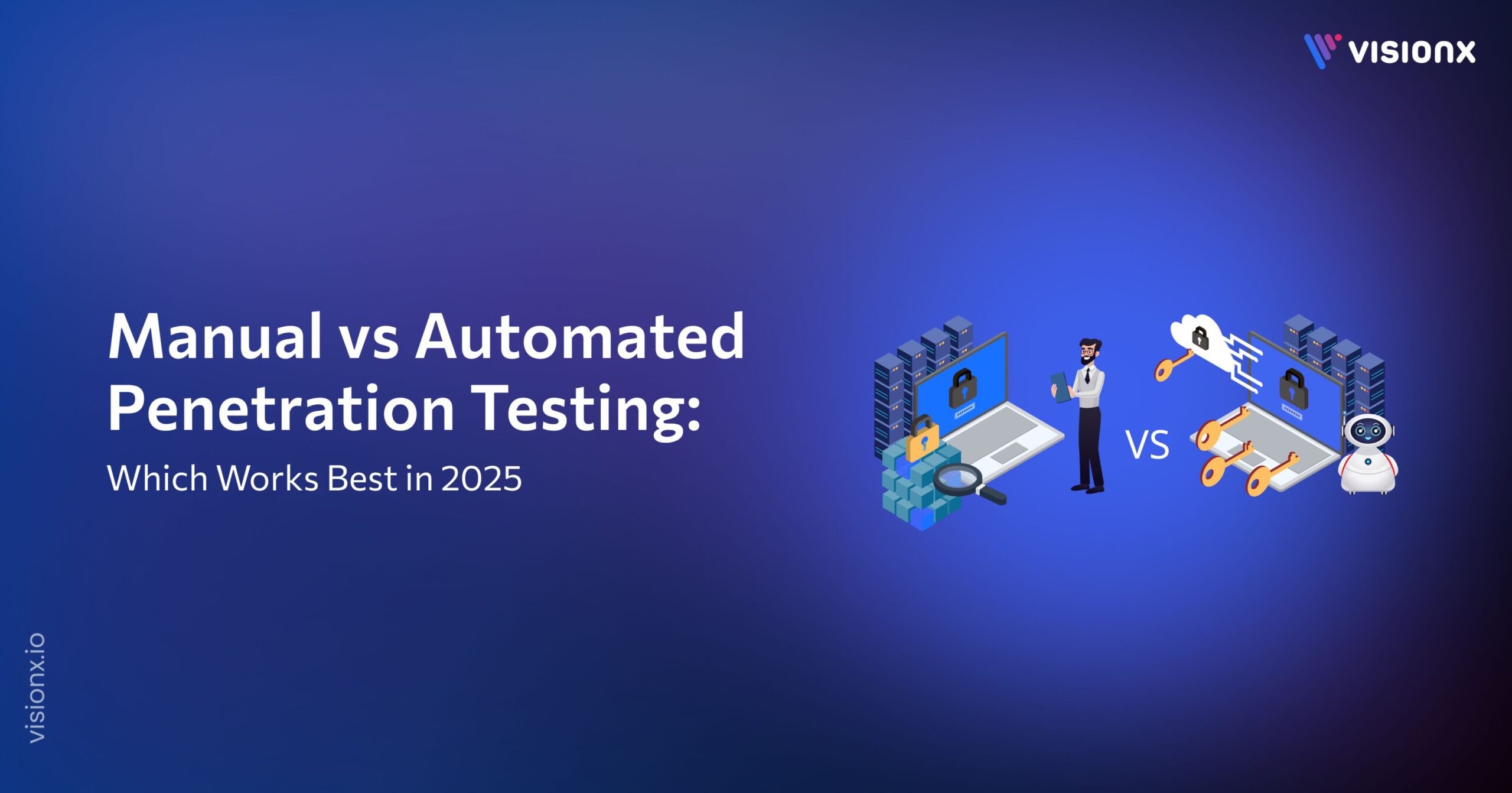As the workweek starts again, it is Monday morning, and your support inbox has begun filling up. Meanwhile, your team is already getting bombarded with 200+ new tickets. Now someone has to start sorting through those tickets and decide which go to billing, which need a technical response, and which frustrated customer needs to be attended to right away.
By lunchtime, your team lead has already spent three hours just sorting the tickets. This is a struggle that is experienced by many on a daily basis. As support teams grow, manual ticket routing can kill their productivity. Research shows nearly two-thirds of all customer‐service tasks could be automated with the right system.
So, what if you could completely get rid of that manual process? Automated ticket routing will do just that by taking away the responsibility of manually sorting incoming tickets to smartly route the ticket to the right team or agent, either based on set rules or using AI to determine the best match.
This blog provides a clear overview of automated ticket routing, explaining why it is important for support teams and how you can integrate it into your workflows to help your support team focus on the most important tasks.
What is Automated Ticket Routing?
Automated ticket routing uses software to automatically send each support request to the right person or team. It uses fixed rules or AI-based ticket assignment to decide which team member should handle each request.
Inside an automated ticketing system, every new message is checked for keywords, category, or issue type. The ticket is assigned to the correct queue or agent according to the information contained in the data. For instance, problems related to billing are forwarded to the finance department while issues related to product bugs are directed to tech support.
This process helps teams respond faster and avoid errors. It also increases accuracy and boosts customer satisfaction because every ticket goes to the right person on the first try.
Manual vs. Automated Ticket Routing: Key Differences
|
Aspect |
Manual Ticket Routing |
Automated Ticket Routing |
| Process | Each support ticket is read and assigned by a person. The team lead decides who should take it. | The automated ticket routing system assigns tickets based on rules or AI-based ticket assignment. |
| Speed | Slow. It takes time to check and assign tickets. | Fast. Tickets go to the right team right away. |
| Accuracy | People can make mistakes. | The system follows clear rules and makes fewer mistakes. |
| Scalability | Hard to manage as ticket volume grows. | Scales easily as more support tickets come in. |
| Customer Impact | Slow replies can upset customers. | Quick replies help improve customer satisfaction. |
How Automated Ticket Routing Works
Usually, the process goes through these following steps:
1. Ticket Received: You receive a new customer request in your support inbox (e.g., through email, form, or chat).
2. Immediate Assessment: The ticket routing system scans immediately the contents of the ticket using:
- Keywords & Intent: It determines particular words or phrases (such as refund, can’t log in, or feature request) to get to know the needs of the customer.
- Metadata and AI: The software evaluates additional metadata, like customer plan tier or history. The more advanced systems apply natural language processing (NLP) and machine learning to learn more.
3. Decision-Making: The system decides on a set of rules, or with the help of AI.
- Rule-Based: “IF the ticket contains ‘billing issue’ THEN assign to Billing Team.”
- Skill-Based: “This ticket is highly technical. Identify an agent with skills in ‘API Integration’ that has the most available capacity.”
- AI-Powered: The software applies its learning from historic resolutions to make a prediction on who is the best agent for that level of complexity, knowledge, and expertise.
4. Intelligent Routing: The software, with knowledge from the assessment and decision-making phases, then, sends the ticket to the right agent the first time, where it will be assigned to someone with the right skills and bandwidth.
Types of Automated Routing
Although the aim of any automated ticket routing system is to deliver tickets to the right person, not all of them do it in a similar manner. The type to select will be dependent on your team structure and requirements. The most typical and effective types of automated routing are:
- Rule-based routing: This type uses set rules to send each ticket to the right team. For example, all “billing” tickets go to the finance queue. It is the most common ticket routing system for small teams.
- Skills-based routing: Here, tickets go to agents with the right skills or product knowledge. As a result, it helps your automated ticket routing system match work to the best person.
- SLA-based routing: This type focuses on service level agreements. Tickets with a short deadline move to the front so your team meets promised response times.
- Sentiment-based routing: AI tools look at customer tone and mood. Angry or upset messages go to senior agents who can handle complex issues. This evidently helps improve customer satisfaction.
- Round Robin routing: This sends each new ticket to the next agent in line. It spreads work evenly so no team member feels overloaded.
The Role of Ticket Routing in Customer Service
When a customer reaches out, they want quick help and clear answers. Yet when tickets pile up and land with the wrong person, small issues start to feel bigger. This cycle of long waits inevitably damages the trust they have in your brand.
This situation will feel achingly familiar to anyone leading a growing team. One agent handles too many support tickets, while another has none. Over time, this uneven load makes response times longer and service level agreements harder to meet. In a study of over 1000 companies, the average customer response time was more than 7 hours. Poor routing also plays a big part in that delay.
The misdirection is eliminated by automated ticket routing. It assigns each support request to the appropriate agent according to the topic, skill, or urgency. This makes the process very fair and creates less confusion among the team. This means that the customers receive quicker responses, and your ticket routing system runs efficiently.
Finally, good routing is not only the transfer of messages. It shows care, respect, and focus. Each quick and correct response creates trust, and it shows that the customer service staff cares about people and their time equally to their issues.
Benefits of Automated Ticket Routing
The following are the key advantages of an automated ticketing system:
Dramatically Reduce Response and Resolution Time
When all new tickets go straight to the right agent, your team will be able to respond and solve issues more quickly. A properly developed automated ticket routing system removes the wait encountered due to manual sorting. When the tickets are sent to the skilled agents instantly, customers are served faster and more easily, which keeps the frustration level down and the trust level high.
Eliminate Human Errors and Create Fair Distribution
Manual sorting leaves room for mistakes that slow everyone down. A ticket might land in the wrong queue or stay unseen for hours. With ticket automation, each message follows clear routing rules that guide it to the right place. This not only stops errors but also keeps work fair. Every team member gets a balanced load, which helps the whole team stay steady even when ticket volume rises.
Free Up Agent Time for High-Value Work
As soon as your team stops spending hours on the inbox or is not controlled by the question of who is to take what, it can get down to actual problem-solving. Automated routing ensures that agents pay more attention to complex problems that require care and expertise. It enables your support tickets to get processed more quickly and at higher quality.
Boost Customer Satisfaction and Loyalty
Rapid responses and correct answers are not only time-saving, but they also establish loyalty. By demonstrating to customers that they are in the right hands the first time that they present their problem, it lets them know that the team knows their needs. A good ticket routing system can offer that consistency and make support a reason for customers to stay.
Increase Productivity
When tickets flow smoothly and agents know exactly what to work on, the whole team performs better. Automated routing keeps priorities clear, removes confusion, and limits switching between tasks. As a result, your team spends more time solving and less time sorting. In simple words, ticket automation makes people more productive.
Common Challenges and Solutions for Automated Ticket Routing
A smooth implementation of automated routing depends on proactively addressing a few key challenges. The following are some of the key challenges.
Misrouted Tickets
Tickets sometimes go to the wrong team or agent, which slows response and frustrates customers. Old or broad rules often cause this. Updating rules regularly keeps the system accurate. AI-based ticket tagging or keyword labels help the automated ticketing system place tickets correctly. Testing rules with a small batch ensures they work before full rollout.
Overloaded Agents
If one agent gets too many tickets, resolution slows and errors rise. Round-robin ticket assignment or skills-based routing spreads tickets evenly. Monitoring ticket volume lets teams adjust distribution so no team member falls behind.
Poor Customer Experience
Delayed or repeated tickets undoubtedly harm customer satisfaction. SLA-based routing pushes urgent tickets to the right agent. Assigning tickets to skilled agents speeds resolution and improves response times, which builds trust and satisfaction.
System Complexity
Large automated ticketing systems with many rules can confuse agents. Starting simple with clear rules avoids errors. Moreover, teams can gradually add ticket automation types. Training team members on how tickets are assigned to agents keeps workflows smooth.
High Ticket Volume
High ticket volume can overwhelm any ticket routing system. Automated ticket routing software with real-time monitoring helps teams handle peaks. Prioritizing tickets and adjusting routes maintains efficiency while enhancing customer satisfaction.
Selecting the Right Automated Ticket Routing Solution for Your Organization
Use these steps to identify the best solution for automated ticket routing, in order to let your staff allocate tickets efficiently, eliminate errors, and maintain high levels of customer satisfaction.
- Select a system that is suitable for your team’s size. A small group may rely on a simple automated ticketing system with rule-based routing, while increasing teams may require either skills-based routing or SLA-based routing to cope with several departments and evenly distribute the workloads.
- Look for things like ticket automation, AI ticket routing, and real-time monitoring as the main features so that the tickets are assigned to the agents in an efficient manner.
- Select the program that has a friendly interface and is simple to handle, which will enable the agents to comprehend the distribution and assignment of tickets with no confusion at all.
- Check that the answer you are going for is compatible with your CRM system, chat, and email applications in order to facilitate effortless management of tickets and to prevent any loss of critical information.
- Conduct a limited ticket trial from your support reference pool with a focus on response time monitoring, and adjusting procedures for ticket or agent assignments so they are compatible with any workflows you will use before the complete rollout.
How to Set Up Automated Ticket Routing Right
Here is how to properly configure automated ticket routing so that your team can assign tickets more efficiently, with fewer mistakes, and ensure that service level agreements are met.
Step 1: Start With Ticket Analysis
Look at your past support tickets. Identify common issues, departments involved, and peak times. For example, if 40% of tickets are payment issues, set ticket routing rules to send them directly to finance. This avoids delays and manual sorting.
Step 2: Pick the Routing Type That Matches Your Team
Choose based on team size and complexity. Small teams may stick to rule-based routing. Teams handling multiple products may use skills-based routing while high-volume teams may combine SLA-based routing to meet service level agreements with round-robin ticket assignment to balance work.
Step 3: Create Smart Rules
Use clear conditions for each ticket. Label tickets by keywords, product line, or customer tier. For example, VIP clients’ tickets move to senior agents automatically. Avoid too many overlapping rules that confuse your automated ticketing system.
Step 4: Tag Agents by Skills
Maintain an updated list of each team member’s skills. Technical experts handle complex issues, while refund specialists handle payment problems. This ensures tickets are assigned to agents who can solve them fast.
Step 5: Set Priorities and SLAs
Define which support tickets need urgent attention. Tickets flagged as urgent or overdue move to the top automatically. This surely prevents missed deadlines and ensures your team meets service level agreements.
Step 6: Test, Monitor, and Refine
Run the automated ticketing system on a trial batch of tickets. Measure the time it takes to assign and to resolve tickets. Make changes to rubrics, skill tags, or routing priorities based on the real results. In addition, keep track of weekly ticket volume and agent load to eliminate complications.
How VisionX Enhances Ticket Routing Accuracy with AI
VisionX assists companies in applying artificial intelligence to enhance the way their support departments operate. We empower our AI to enable companies to create intelligent ticket routing, which learns previous situations, knows the customer needs, and forwards each request to an appropriate agent.
We study your existing workflows and design custom Gen AI models that analyze text, detect intent, and set priorities. These models fit easily into your current systems without interrupting daily work.
Through natural language processing and predictive analytics, we also help teams resolve tickets faster and serve customers better.
So, if you are ready to bring AI accuracy to your support process, partner with VisionX to build intelligent solutions that match your goals.
FAQs
What is ticket routing?
Ticket routing is the process of sending each support ticket to the right agent or team based on its topic, urgency, or customer type.
What is a ticketing system?
A ticketing system is software that records, tracks, and organizes support tickets from customers. It keeps all support requests in one place, making it easier for teams to manage ticket volume and meet response goals.
What is an automated ticketing system?
An automated ticketing system improves on a regular one by using AI and ticket automation. It routes tickets to the right agents, sets priorities, and updates status automatically. This saves time and boosts customer satisfaction.
What does automatic call routing mean?
Automatic call routing directs incoming calls to the right department or person, much like automated ticket routing handles support messages.
How long does setup take?
Basic routing takes around 1 to 2 hours. Advanced setup usually takes 1 to 2 days, while full optimization with AI and data learning takes 2 to 4 weeks.
Will automation replace my support agents?
No. Automation only handles repetitive tasks, so agents can focus on complex issues that need human judgment.
What if a ticket is routed incorrectly?
Agents can reassign it easily. The automated ticket routing software learns from each correction to improve future accuracy.


